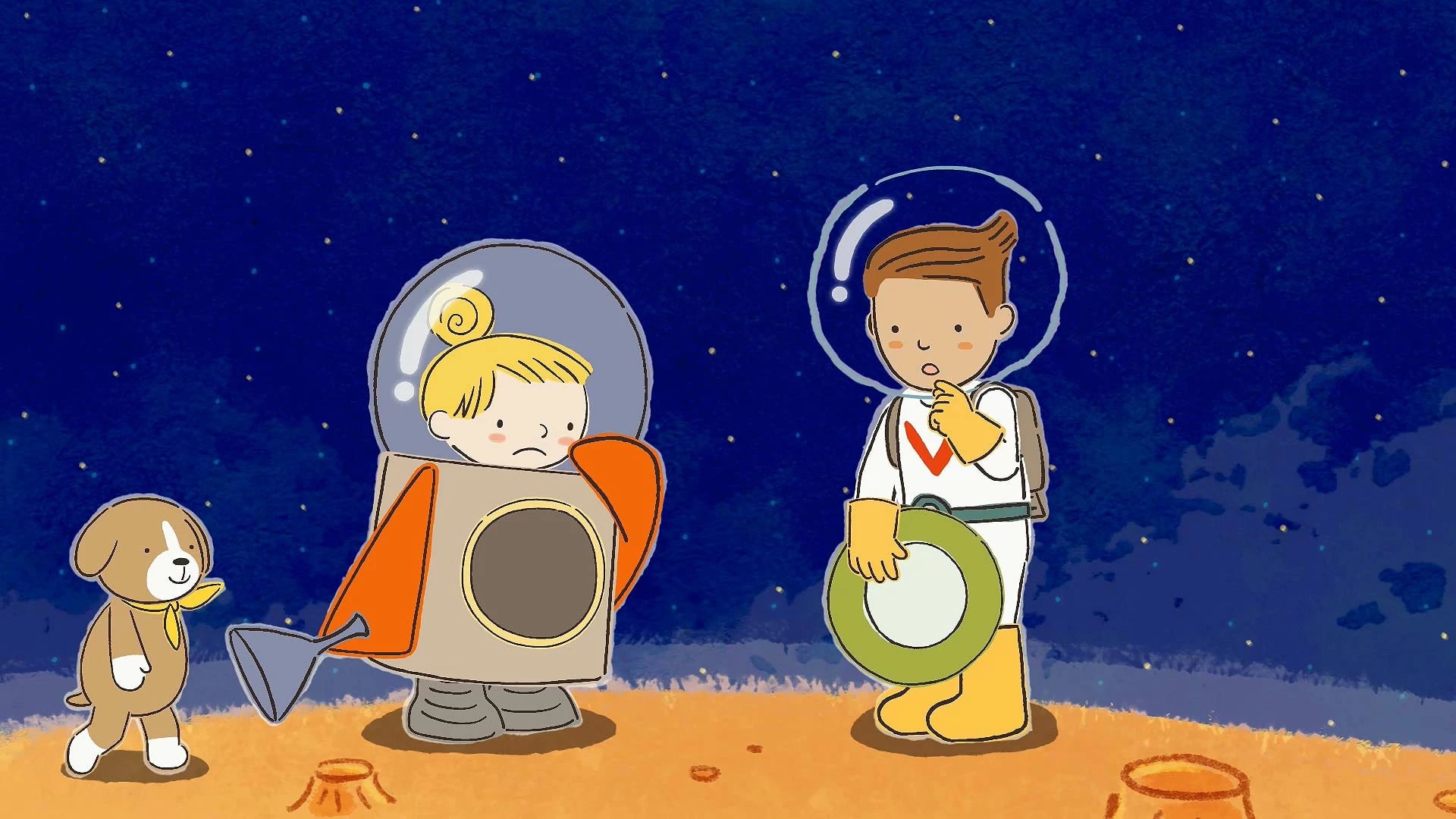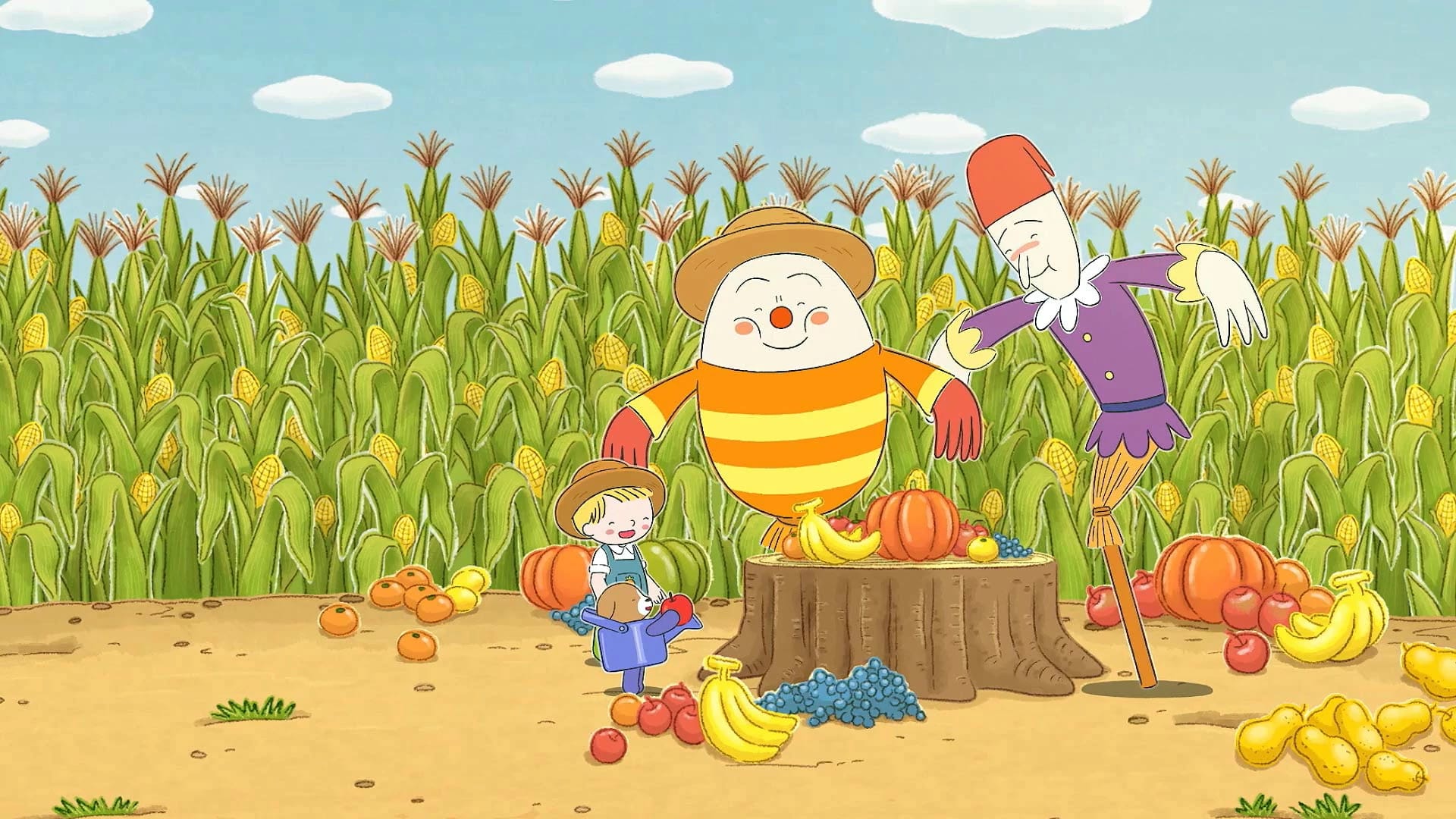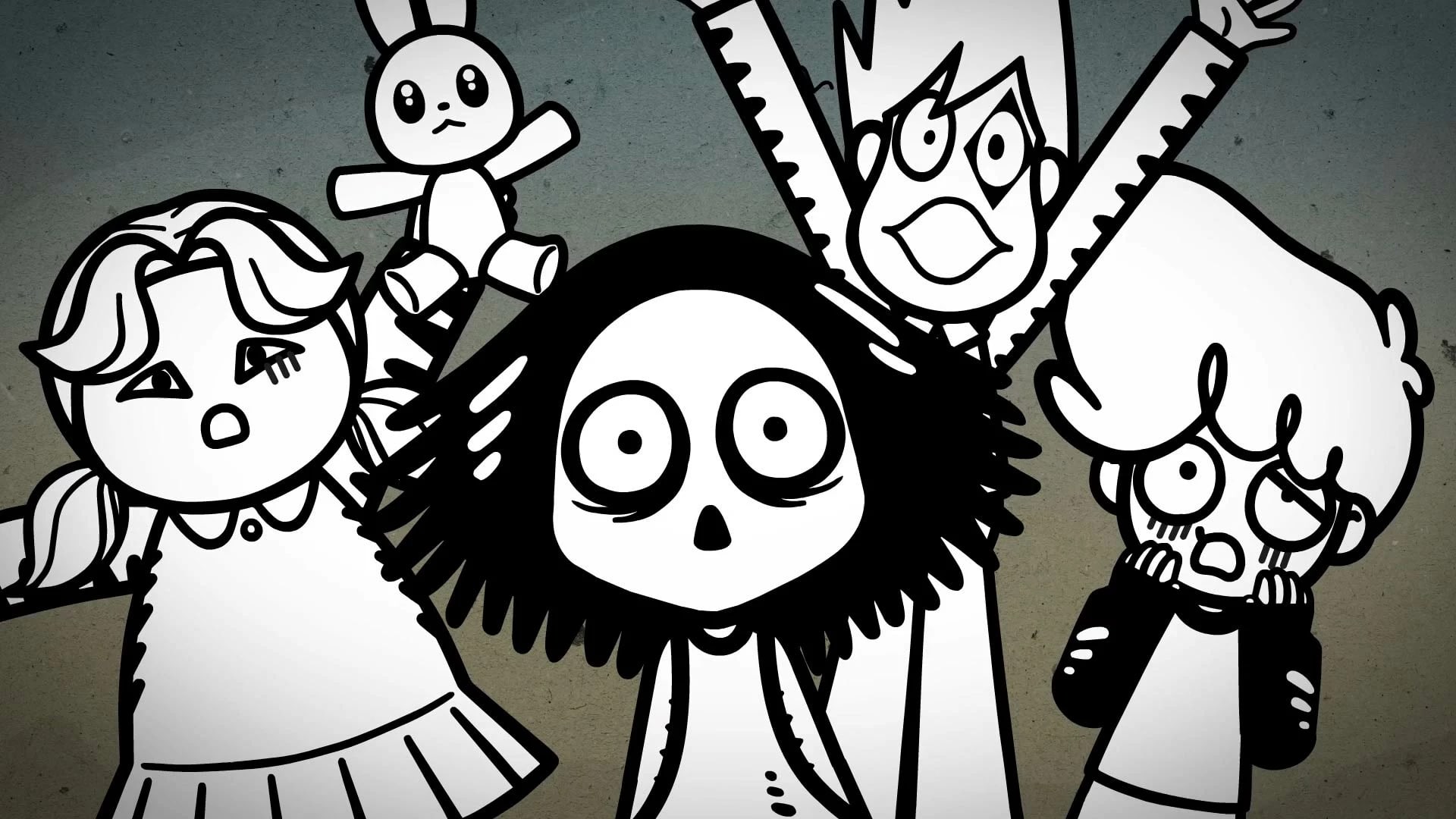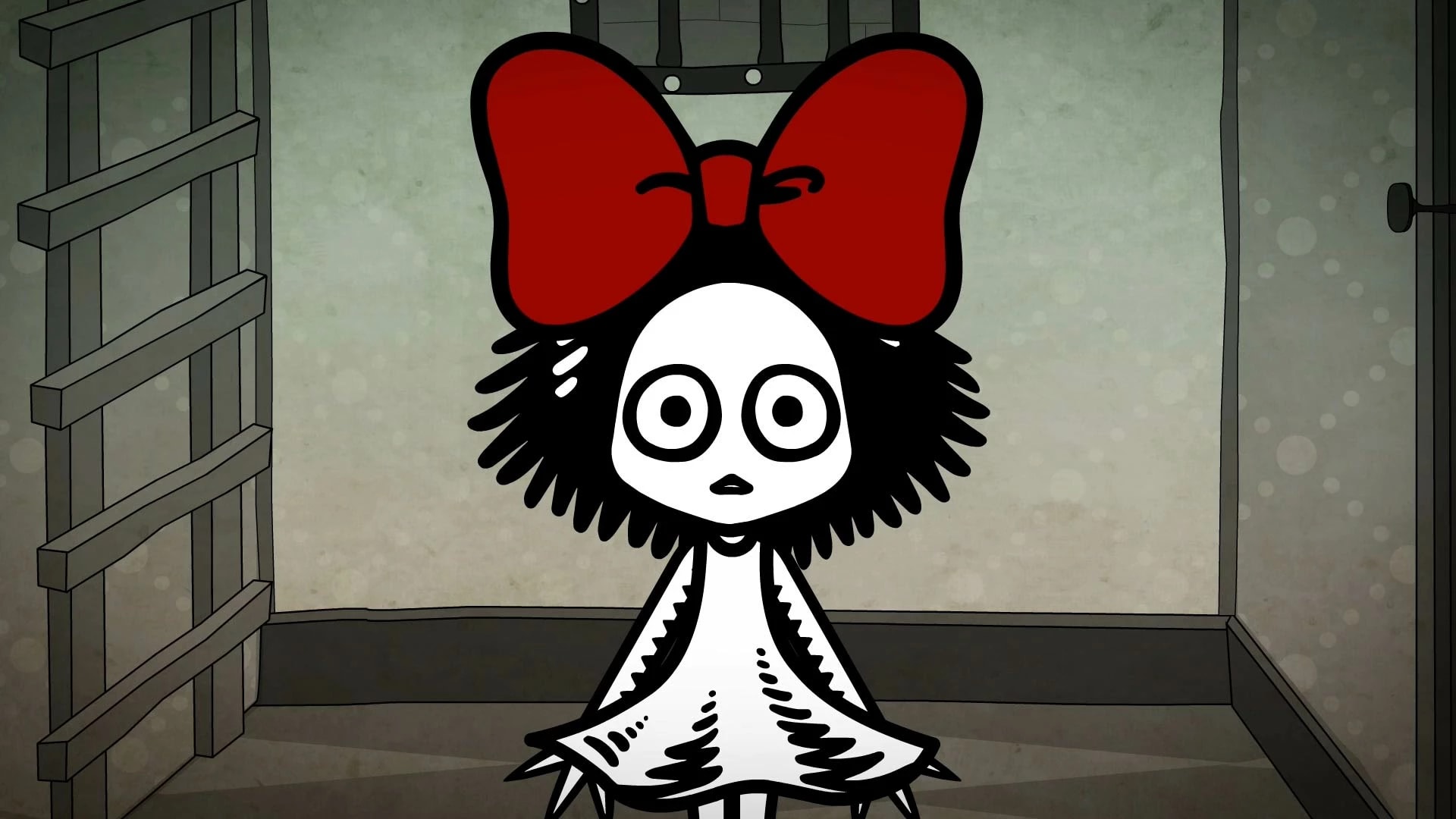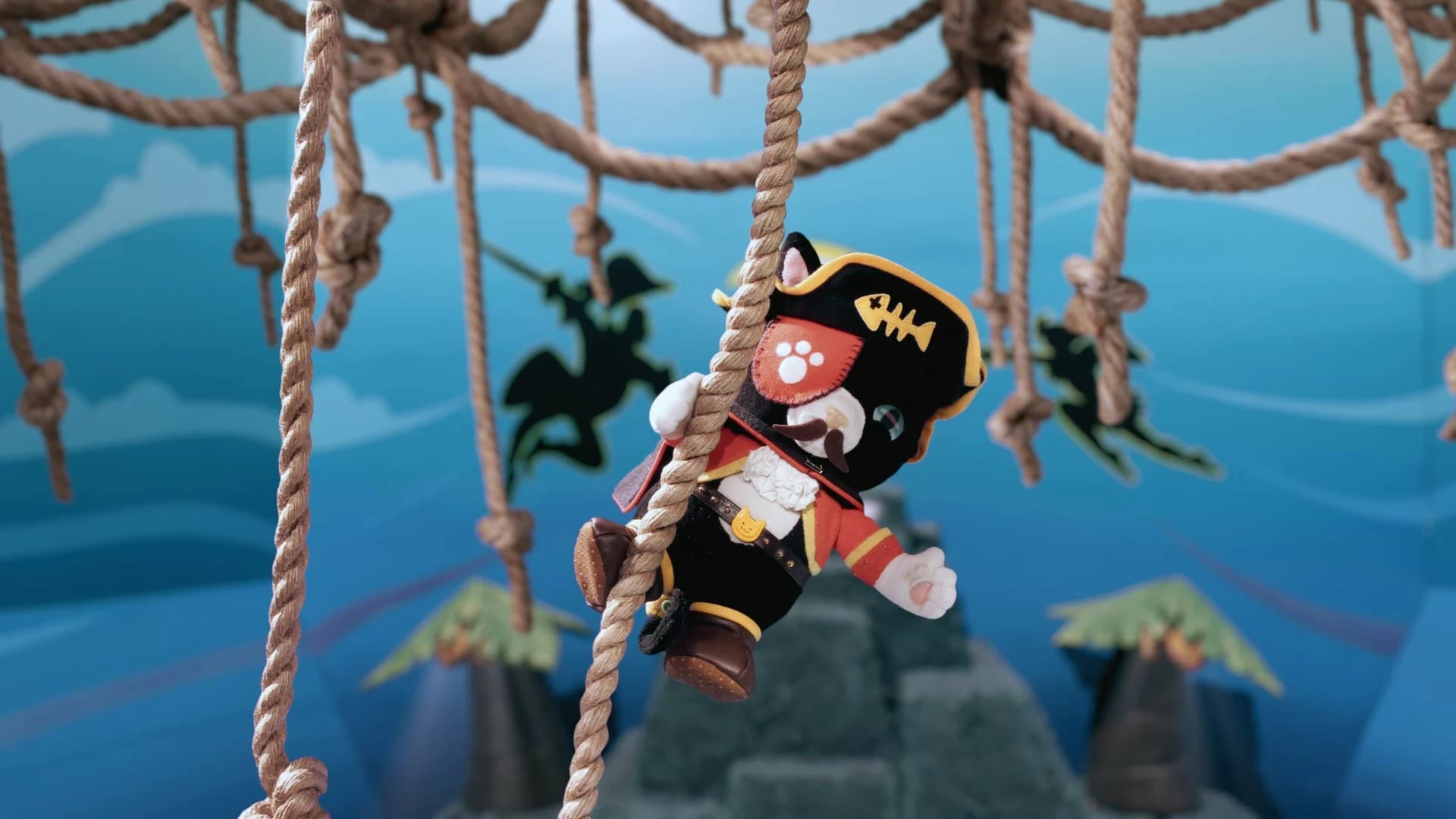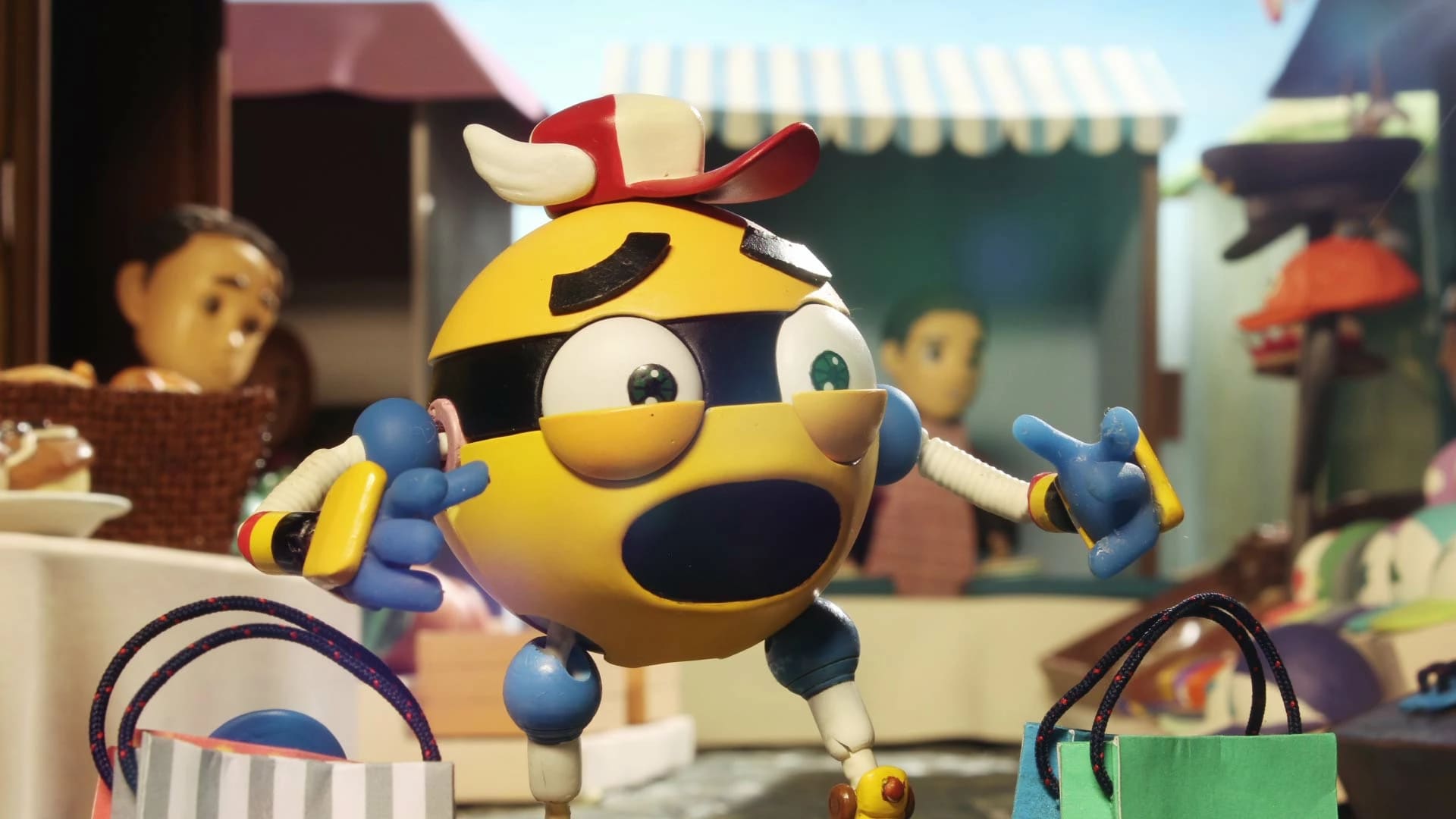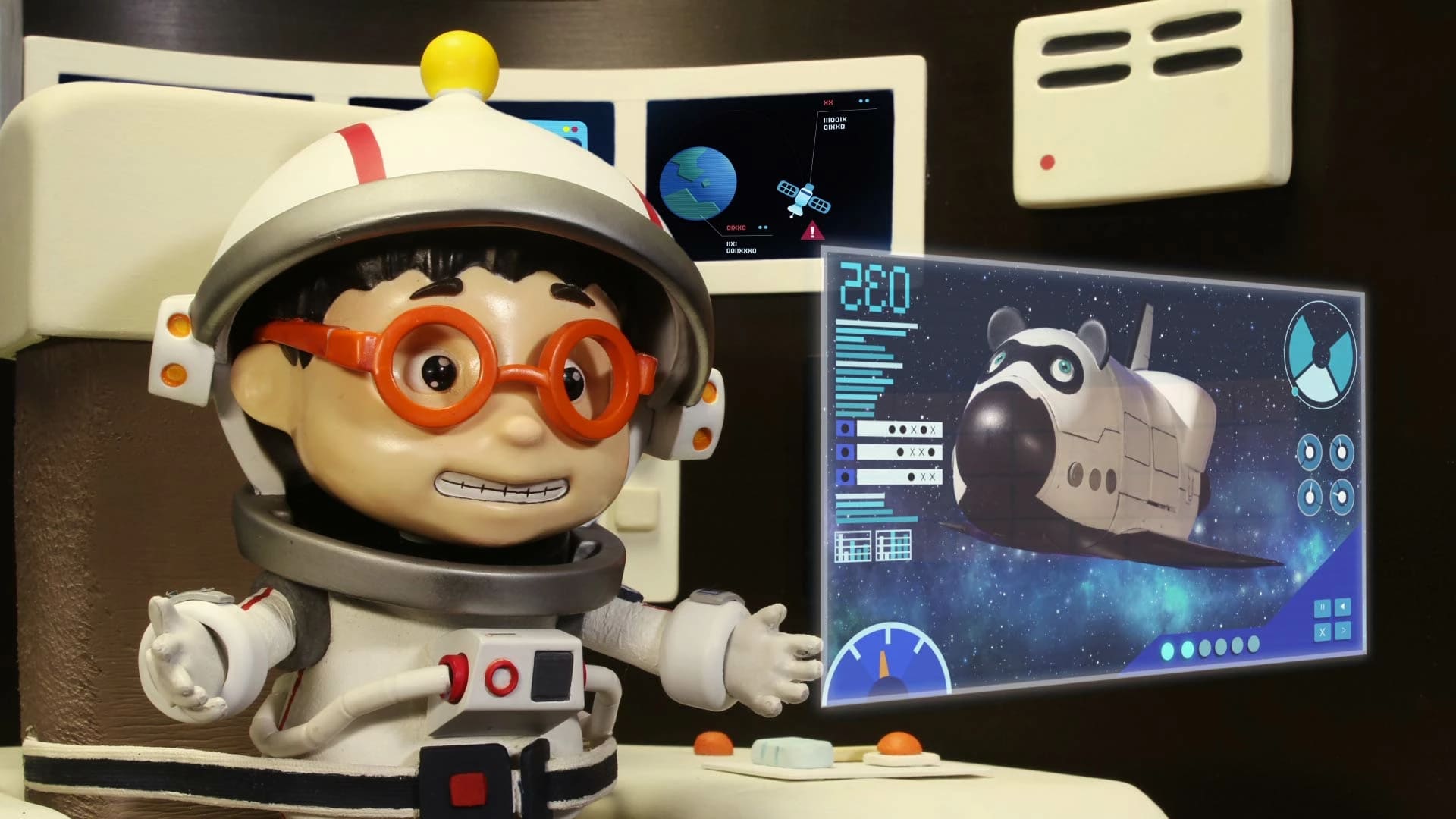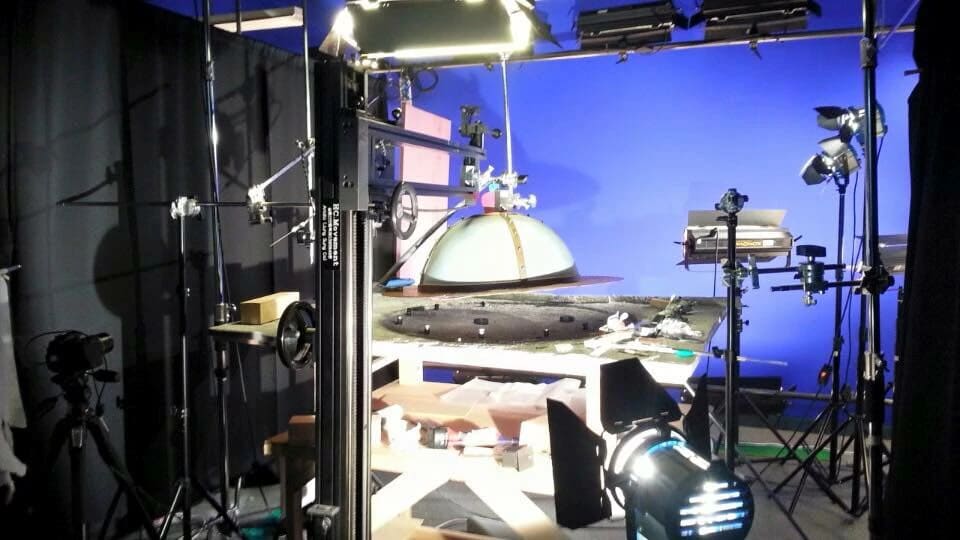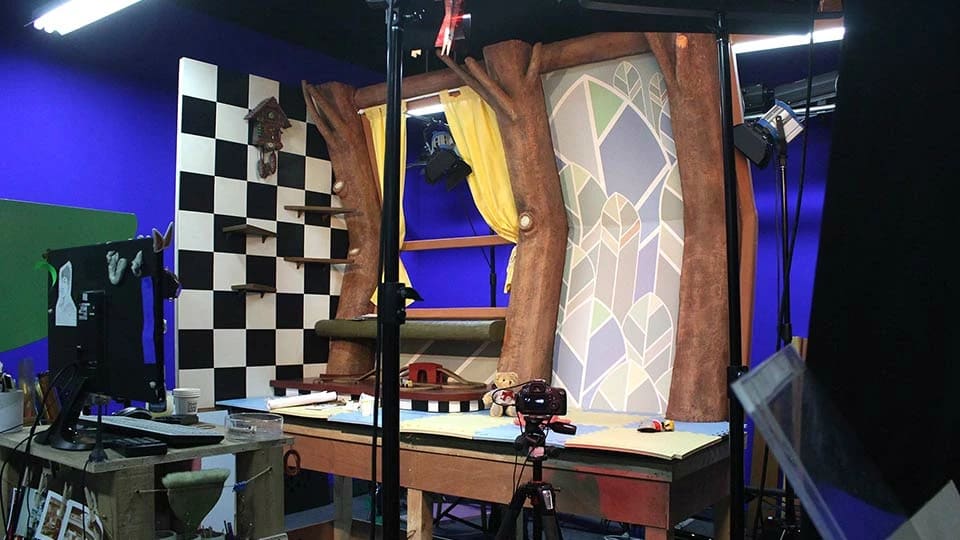The longtime animator, educator and former Korean Alumni Association president has joined the Board of Directors of the School of Visual Arts
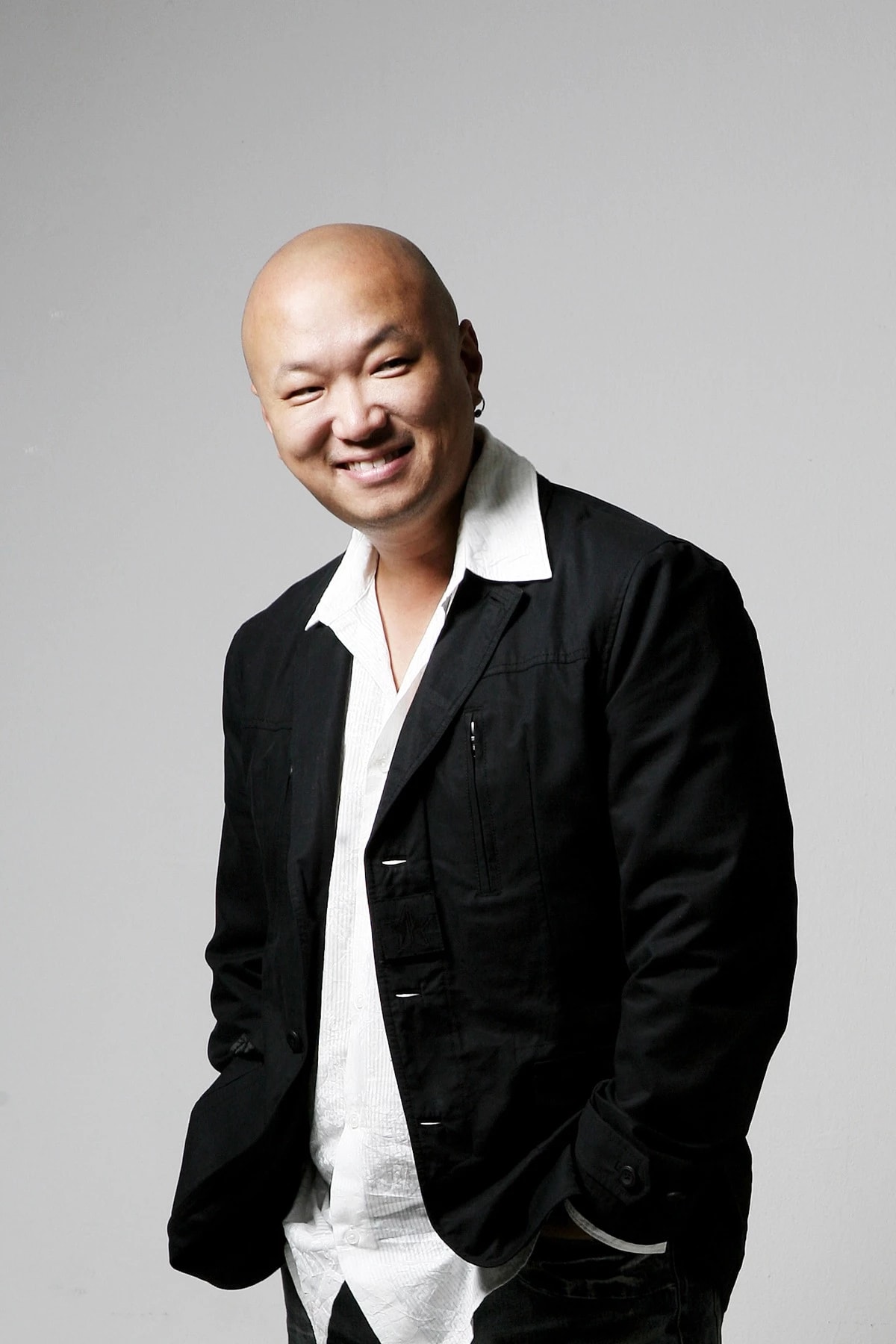
Animator and educator Tak Hoon Kim (MFA 2005 Computer Art; BFA 1997 Animation), the newest member of the SVA Board of Directors.
This spring, the leadership of the School of Visual Arts announced the latest appointment to its Board of Directors: Seoul-based animator and educator Tak Hoon Kim (MFA 2005 Computer Art; BFA 1997 Animation).
Kim brings to this new role more than 30 years of accomplishment in his chosen fields. His animation career began shortly after he completed his undergraduate degree at SVA, when he joined the team behind MTV’s Celebrity Deathmatch (1998 – 2002), the gonzo claymation series that spoofed professional wrestling and America’s pop-culture obsession. His pedagogical career started just a few years later, when he joined the SVA faculty to teach stop-motion animation to undergraduate and continuing education students.
In 2007, Kim returned to his hometown of Seoul, where he joined the faculty of Chung-Ang University as a professor in the graduate school of advanced imaging science and established Tak Toon Enterprise, dedicated to 2D animation for advertising and television. Several years later, he also established Central Animation Studio, for stop-motion works. The studios’ projects include the children’s series The Forks With Spiky Hands (2017 – ) and Teenie Scout Big Five (2019 – 2021), as well as two new series—The Curious World of Linda and The Boo Boo Man—set to premiere this year on Korean television. Additionally, Kim held the role of president of the Korean Alumni Association—the largest and longest-running SVA alumni affinity group—for four years, during which time a student scholarship fund was established and membership grew to more than 3,000. Last November, he handed the organization’s reins over to his successor, Kenny Kim (BFA 1994 Graphic Design).
“Tak is our first graduate alumnus, as well as the first person of Asian descent, to join the Board of Directors,” says Anthony P. Rhodes, executive vice president of SVA. “In addition to his background as an animator and entrepreneur, he taught at SVA for several years and is now on the faculty of Chung-Ang University in Seoul. He has also served with distinction as president of the Korean Alumni Association. This combination of experience makes him uniquely qualified to advise us.”
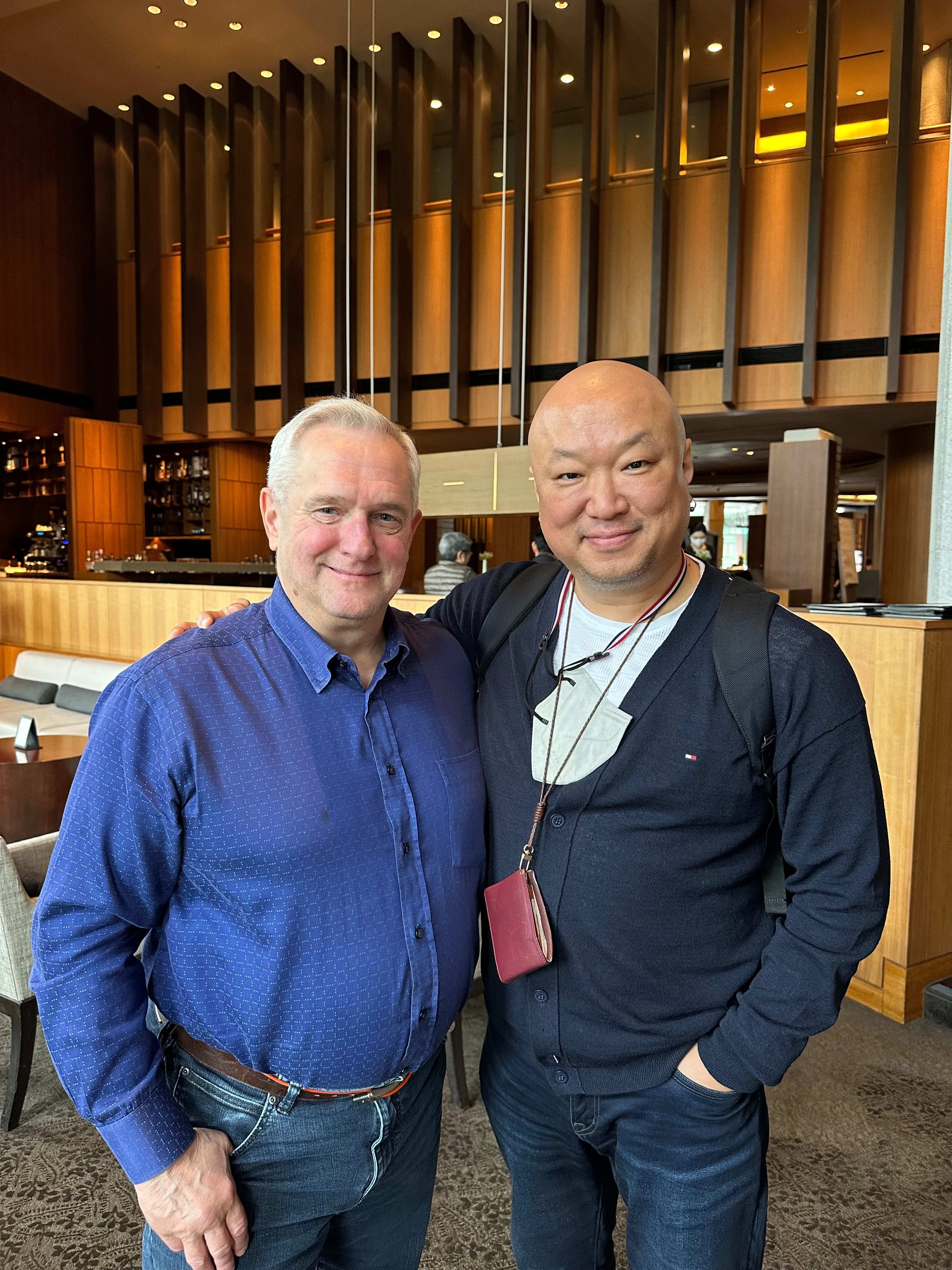
SVA Executive Vice President Anthony P. Rhodes (left) in Seoul last month with the newest member of the SVA Board of Directors, Tak Hoon Kim (MFA 2005 Computer Art; BFA 1997 Animation). Kim is an animator, entrepreneur, educator and former president of the Korean Alumni Association.
Recently, Kim connected over Zoom with his friend and fellow alumnus Hsiang Chin Moe (MFA 2008 Computer Art), chair of BFA Animation at SVA and chair of education for the nonprofit Women in Animation, for an interview for the spring/summer 2023 Visual Arts Journal. Read on to find out more about his experience and biography, and the underappreciated art of stop-motion animation.
Why did you decide to study at SVA, and why animation?
I studied photography as an undergraduate in Korea, and I was interning at a studio my junior year when I realized that I probably didn't want to do this for my entire life, and that maybe I wanted to do something with motion pictures instead. And the School of Visual Arts was just so famous, and I saw that they had a film department.
It’s funny because I chose to pursue animation not because of any class in my program but because of my English as a Second Language class. The teacher, Lynda Wismer, showed us a clip from The Nightmare Before Christmas [1993] and explained, “This is called stop-motion animation. It’s not puppetry. It’s not live-action. It’s made frame by frame.” I was, like, “Oh, my God!”
Right away, I started thinking that maybe I wanted to do that kind of thing. Because I’d always enjoyed making things, like figures, when I was young. So that woman really changed my life.
Not long after graduating, you started working on one of the better-known claymation shows of the last 25 years, Celebrity Deathmatch. How did that happen?
At the end of my senior year as an undergraduate, I was a winner at the Dusty Awards [an annual event at SVA for graduating BFA students in animation and film, held from 1990 to 2018]. A lot of people from major studios came to the event, and I met Machi Tantillo, who was the director of animation at MTV.
About six months after graduation, they called me and said they were starting a show, Celebrity Deathmatch. That was my first full-time job in animation and I worked on the series from its first frame to its last. [Laughs.] I have so many stories from my time at MTV!
Tell me!
When I first got there, there was a big language barrier. Speaking English in school and speaking it at work is totally different, right? At school you only speak to teachers and hang out with friends, so there isn't really any problem. But when I was working, I’d have trouble. The director would ask for something, and I’d misunderstand and do it wrong.
After a couple of weeks of that, the director gave me a shitty job, like animating a crowd of people or something. I was like, “How can I prove my talent?” So I started to go in every weekend, lock the door, stay late and just practice animating. Afterward, I showed him every shot that I did by myself and he said, “Hmm, okay.” And from that day, I started to get more important shots.
After three years, there was a big merger going on with CBS and MTV, and they were going to lay off, like, 30 percent of their employees. Everybody was scared, and I was, too, because I’m a foreigner, and I figured I was going to be the first one to get fired. But the producers called me in and said, “We’re going to make you the supervising animator.” I was shocked.
Were there any other international employees working on the show when you were there?
No, actually. Six or seven months after I got hired, I had to ask the studio for help with my visa, and the producers didn’t know what I was talking about—they didn’t understand the process. They said I was the first H-1B visa at MTV Animation.
Do you think that being in that environment forced you to step out of your comfort zone a bit more with regards to the language or the culture?
Yeah. Like, animators always get together for lunch. And one day in my first month I realized that everyone had left for the restaurant without me! I thought that maybe they did it on purpose because I was different, the only foreigner in the office. I left on my own to get a hamburger and ran into them on the street and they said, “Tak, where are you going?” I said, “McDonald’s.” And they all said, “Oh, no!” They hadn’t left me out intentionally—they just hadn’t realized.
I had a similar experience. I came to the U.S. from Taiwan to study and I had a cohort of Taiwanese friends, so I was able to stay in that comfort zone for many years. But then I got an internship, and I was the only person whose first language wasn’t English. They were all nice, but at one of my first work lunches we went to the deli and everyone just walked up the counter, like, “I want a Reuben on this bread with this cheese and this and that.” And then they looked at me, “What do you want?” There’s no menu, there are no options that I can see to choose from. I just stood there until I finally said, “I’m gonna have what you ordered.” Those are the moments you don’t learn at school but by being at work and having people that can help you with those sort of cultural or language barriers.
Right.
Let’s go back to your time at SVA. Can you tell me about the film you made that won at the Dustys?
It was called Christmas Lament. I got so much help on it from other SVA students, like Korean friends in illustration and sculpture. They helped with the sets, with the characters, with everything.
It was about a disappointing Christmas where the kid is expecting a present and just gets chewing gum. It was my story. When I was in kindergarten, the teacher told us, “If you’re good, you'll get a good present at Christmas. But if you've been bad, you're going to get chewing gum.” I told my mom about that, and on that Christmas she put chewing gum in my stocking. She did it as a joke, but I was so shocked! That was a big memory from my childhood.
Did you show the movie to your mom?
Yes. She laughed so hard.
Only a few years after graduating from the BFA program you were teaching in it. How did that happen?
Celebrity Deathmatch had ended in 2002, and SVA called to say that John Gati, who had been my stop-motion animation teacher, was sick and couldn’t teach anymore, and had recommended me as his substitute. [A filmmaker and Holocaust survivor, Gati taught at SVA from 1989 until his death in 2002.]
I visited Mr. Gati and asked him, “Why did you choose me?” And he said, “Because you were the first one who came to the class and the last one to leave. You would set up all the equipment at the start and pack it up at the end.” Also, he was Hungarian and had a language barrier like me, so I think maybe we had that connection.
I taught stop-motion at SVA from 2002 to 2007. For a while I was working on a new show, The Wrong Coast [2004], attending the MFA Computer Art program and teaching all at the same time.
I love the craft of stop-motion, but it can be a challenge to get students to sign up for courses on it. What’s the interest in it like at Chung-Ang?
Well, it’s a bit different, because I’m at the graduate school. There are only eight students each year, and typically four of them will be doing CG, two or three of them will do 2D and only one is doing stop-motion. So I’ll teach them personally. But I think all of the animation schools have the same issue with stop-motion, where only a few people are interested in it.
My Central Animation Studio is for stop-motion, and it’s hard to find people to hire. I’ll put a job listing on a professional site and get no responses. But if I put it on a hobby site, like for people who make dioramas or plastic models, then I’ll get some interest.
It can be hard to get people to think of animation outside of its predominant commercial modes. While access to streaming services opened up the doors to more varieties of animation than usual, it seems like people are returning to the comfort zone of their pre-pandemic viewing habits.
I see it the same way, too. I have, like, five or six concepts for more personal, you know, “ages 15 and up” projects that I hope to make. It’s just about finding investors who are interested.
So, what are you aiming to do as the BFA Animation chair? I’ve always thought of SVA’s animation program as more independent and artistic than other colleges’, and I like that. I take pride in that.
With undergraduates, a lot of them are navigating their own identity—in themselves as well as art—and that’s okay. I’ll have students who are really ambitious. They’ll have experimental animation and stop-motion and 3D, and they’re combining everything together, and that’s great. I also have students who are taking it one day at a time. Either way, the goal is for them to have a project they care about to focus on and finish. Because when you finish it, that's a great accomplishment in itself. Of course, we pay attention to what the industry requires, but I want to support students in creating with intention.
The finishing part is very important, I think. It took me four years to figure out that photography was not for me, but I worked hard and was good at it. I don’t think that time was wasted because just that realization was worthwhile.
Tell me about your time as Korean Alumni Association president. What are you most proud of having accomplished during your tenure?
I guess we kind of made it more “official.” We drafted rules and built a website, I had cabinet members, and we did more fundraising to support our scholarship for Korean students.
Right now, we’re working on getting permission from Korea’s Ministry of Culture, Sports and Tourism to register the association as a nonprofit, so it’s a lot of paperwork.
What do you see as KAA’s mission? It seems like you’ve created a real community and network of alumni from all these different majors.
It's all about pride and confidence. We’re all from SVA and we’re all celebrating each other’s achievements. It’s mostly about building friendships but we all support and help each other professionally, too.
With everything you have going on, what do you do to unplug? Do you get any downtime?
Sure, I take Sundays off to play with my kids and take them out to eat, and to visit my parents.
But you know, two years ago I was having a really hard time. My studios almost closed down. I was so stressed—I’m responsible for my family, my staff. Luckily, I got some funding from the government, and the work started coming in again.
Now whenever I get tired or feel like, “Oh God, this is hell,” I’ll just think about how things were two years ago. So even when I'm busy, I'm okay, I’m happy. I work hard now, because maybe when I’m 60 or 70, nobody’s going to want me for work! [Laughs]
This conversation has been condensed and edited.
A version of this article appears in the spring/summer 2023 Visual Arts Journal.


